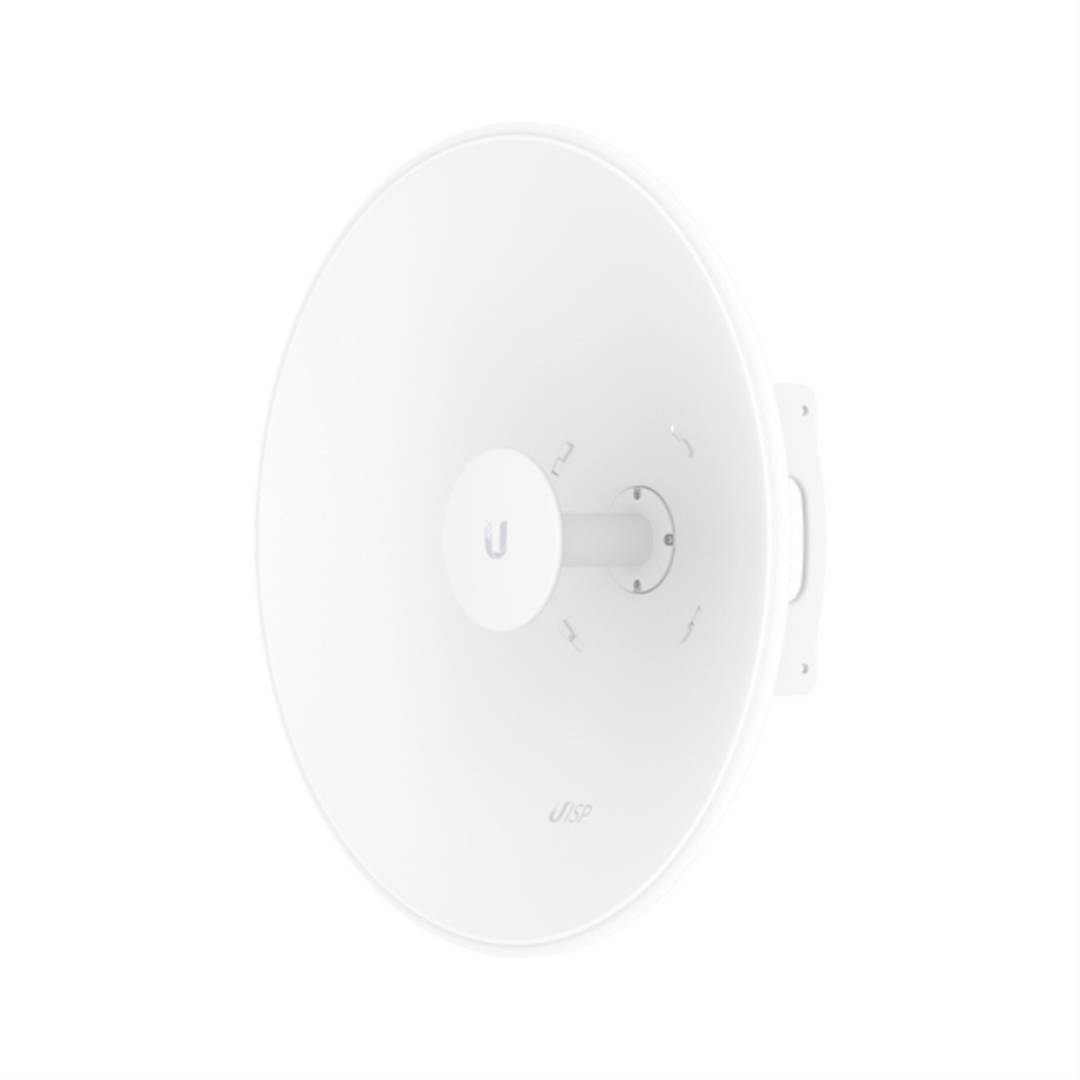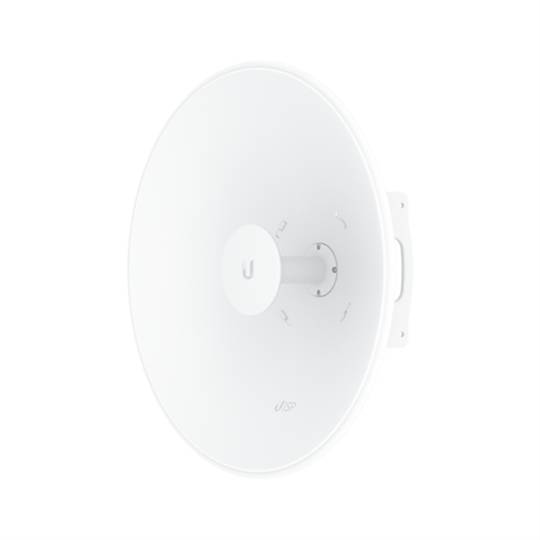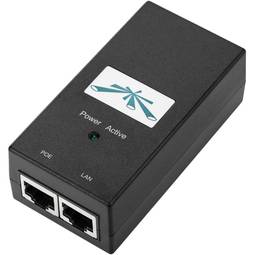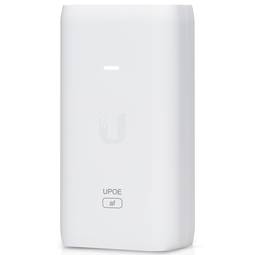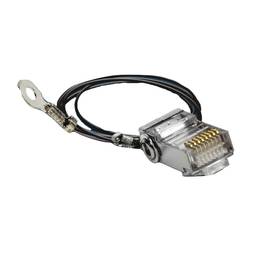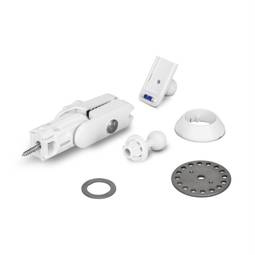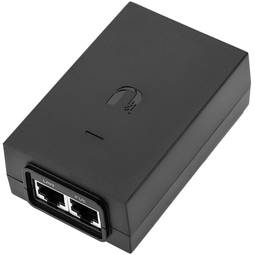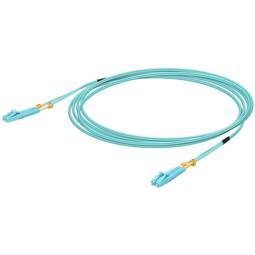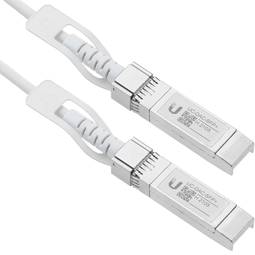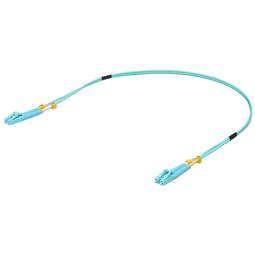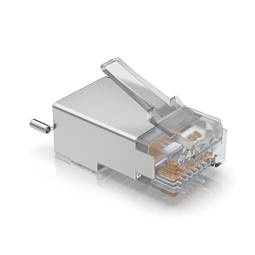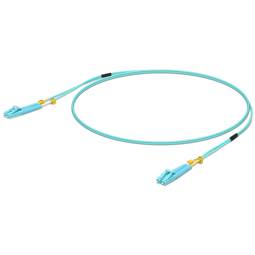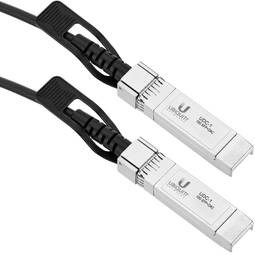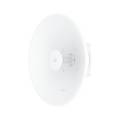12/29/2025 6:15 a.m.
https://cablematic.com/en/products/wireless-antenna-for-ubiquiti-uisp-dish-disk-platform-services-UI269/
https://cablematic.com/en/products/wireless-antenna-for-ubiquiti-uisp-dish-disk-platform-services-UI269/
Wireless antenna for Ubiquiti UISP-DISH disk platform services
REF: UI269
Specifications
- Antenna gain (max): 30 dBi.
- Band frequency: 5.15 - 6.875 GHz.
- Polarization: Dual polarization.
- IP code (International Protection): IPX6.
- Housing material: Aluminum.
PVP
€163.23
Price including VAT:
€163.23
PVD
€156.95
PVP: Retail price.
Check conditions.
PVP: Sale price to distributors.
Check conditions.
7 business days
The delivery times are approximate and may vary depending on the selected carrier.
warranty
returns
safe
Specifications
- Antenna gain (max): 30 dBi.
- Band frequency: 5.15 - 6.875 GHz.
- Polarization: Dual polarization.
- IP code (International Protection): IPX6.
- Housing material: Aluminum.
More info
Antenna with a maximum gain of 30 dBi and a frequency band of 5.15 - 6.875 GHz. It is dually polarized and has an IP (International Protection) code of IPX6. The housing is made of aluminum and has a height of 200 mm, a diameter of 65 cm and a weight of 4.54 kg. Manufactured by Ubiquiti with reference UISP-DISH.
Specifications
- Antenna gain (max): 30 dBi.
- Band frequency: 5.15 - 6.875 GHz.
- Polarization: Dual polarization.
- IP code (International Protection): IPX6.
- Housing material: Aluminum.
- Ideal for: Providing a long-distance wireless connection with coverage up to 30 dBi.
- Compatibility: Compatible with Ubiquiti Networks equipment.
- Connections: Use RF cable connections.
- Colour: Black.
- Technology: Uses high-gain antenna technology to provide a long-distance wireless connection.
- Gross Weight: 10.0 kg
- Number of packages: 1
Technical terms
- Hz
- dBi
Hz
One hertz is one cycle per second, meaning repeating cycle as an event. For example, hertz is applied physics measuring the number of times for a second wave (either acoustic or electromagnetic) is repeated or can be applied, among other uses, to ocean waves that reach the Beach vibrations per second or a solid. The quantity that measures the frequency hertz is called,in this regard, the inverse of the period. One hertz is an oscillation frequency of suffering a particle over a period of one second.


